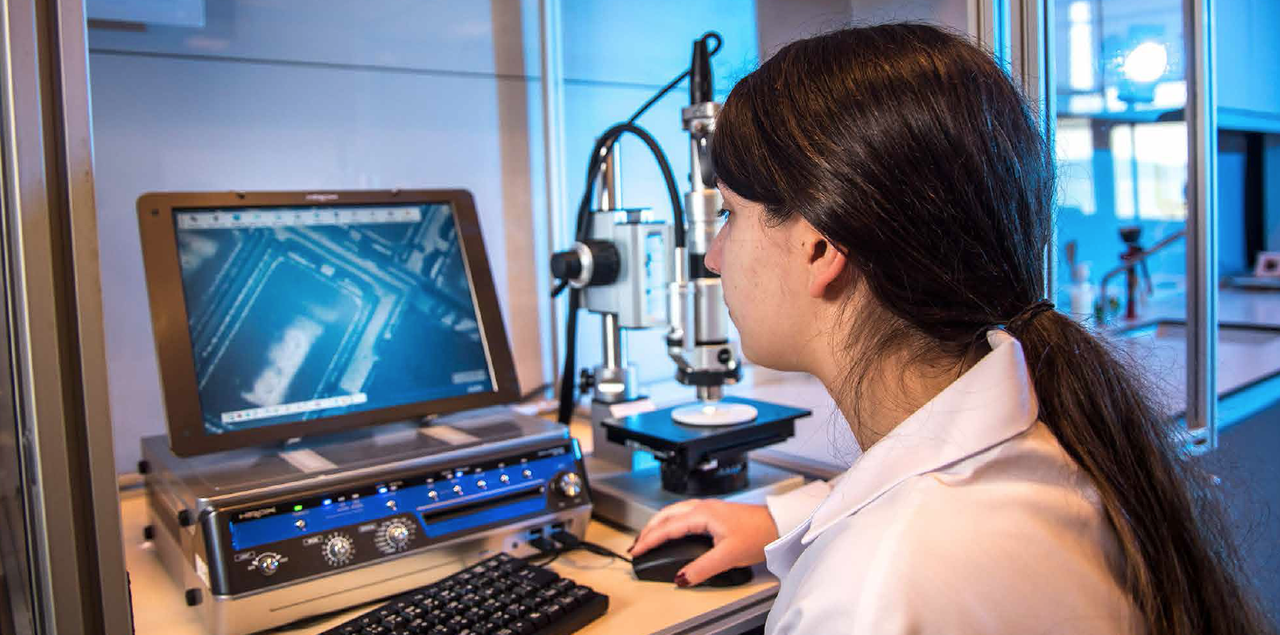Luger Research Creates an Active Network to Secure the Future of Innovation in Lighting: SciPiL
Luger Research establishes the first scientific lighting partnership network for research experts and leaders in the lighting industry. The scientific partnership in lighting - SciPiL - has been created to form an active network that will strengthen and build the connections between universities, research laboratories and industry. The scientific partnership’s mission is to enable and secure the continued development of innovation in lighting technology.
Scientific Partnership in Lighting - SciPiL | www.scipil.com
Strategic alliances are important, and in the world of research they are crucial for the continued development of future innovations. Likewise, industry requires the latest insights and findings from the research organizations to make sure their products and solutions are the very best they can be. By building these scientific partnerships, Luger Research will drive lighting innovation towards a more sustainable and better future.
Joining Luger Research in this venture are some of Europe’s leading universities and research laboratories. These scientific partners will also make up the jury and expert panel assessing this year’s prestigious LpS Scientific Award.
To make sure the connections that are formed are best suited to every participant in the workshop, the scientific partners will be divided into four technology expertise fields. These are LED and OLED, driver, thermal management and reliability, optics and light quality, and smart lighting and IoT.
“We want to draw together mutually beneficial partnerships between lighting research and the lighting industry. Luger Research and all of our publications, media channels and events, will operate as a platform that will enable the clear and open sharing of information into the development of lighting technology. It will also act as the facilitator for, what we intend to be, long lasting and mutually beneficial partnerships between research and industry. We want to help bring to life these new innovations that can benefit advances in wellbeing and improve sustainability for us all and for the future.” Siegfried Luger, CEO at Luger Research
The scientific lighting partnership is currently centered on Europe but the long term ambitions are that it will evolve in the coming years to become the world’s leading lighting technology network.
|
Scientific Partner |
Specialism & Short Description |
|
Energy Efficient Electronics and Lighting Technologies Research, Demonstration and Education Centre (EVATEG) Istanbul, Turkey |
Thermal Management and Optical Technologies |
|
Joanneum Research Forschungsgesellschaft mbH. Materials - Institute for Surface Technologies and Photonics Weiz, Austria |
Optics: Design and Manufacture and Photovoltaics |
|
Steinbeis Transferzentrum Beleuchtungsoptik und Lichttechnik Furtwangen, Germany |
Illumination Optics and Lighting Technologies and Colorimetry |
|
Holst Centre, TNO Eindhoven, The Netherlands |
Flexible Electronics and Flexible OLED |
|
CSEM SA Muttenz, Switzerland |
Photonics & Printing for SSL (including Micro- & Nano- Optics and Photonics, Sensing and Security and Large Area and Flexible Systems) and Vision and Optical Sensing Systems for SSL |
|
The University of Edinburgh, Institute for Digital Communication Edinburgh, UK |
Visible Light Communications (LiFi) |
|
Padova, Italy |
Characterization, Reliability and Simulation of Compound Semiconductor Devices (LEDs, Laser diodes, HEMTs) and Solar Cells |
|
KTH. Sweden and SELITERA AB Stockholm, Sweden |
Semantic and Cognitive Light |

